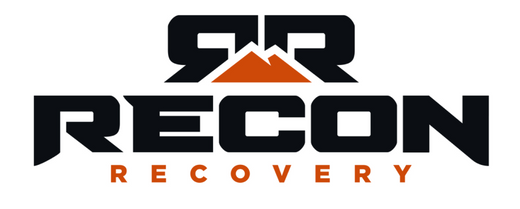
What To Know Before Purchasing An Overland Awning


What is an awning?

Types Of Awnings

Pull-out awnings are the simplest of the vehicle-mounted awnings. Like most awnings, they store within a case that is attached to your vehicle and pull, unroll, or unfold, straight out, creating a square or rectangular living area under them. More expensive versions of these awnings utilize a metal, rather than a fabric, case and have a retraction or semi-automatic mechanism eliminating the need to fold or roll the fabric up to stow it, making deployment and storing quick and easy. Depending on size, these awnings can be mounted at the rear or on the side of a vehicle.


Awning Construction

Construction can be all metal, including powder coated steel and aluminum, to a mix of composites, nylon, and plastics used in conjunction with metal. Lightweight materials can be good for overall weight, but they can also be less durable in windy conditions than all-metal construction. It’s always important to know what type of load your roof rack, and vehicle, can handle when shopping awnings. Awning fabrics also come in a wide variety of materials with different thicknesses, water-proofing, and UV resistance.
Mounting

Most awnings come in a case that is designed to attach to a roof rack or a camper. While universal mounting brackets can allow for interplay between different brands, sometimes it’s best to shop a rack and awning solution from the same manufacturer to guarantee compatibility. While all awnings require hardware and tools to install, some brands do have accessory brackets that make installation and removal easier for times when you want to have the awning stored away from the vehicle.
Features

One of the biggest things to be aware of when considering awnings is whether or not the awning is self-supporting or requires poles. Self-supporting awnings are constructed of primarily metal and can withstand windy conditions. These awnings sometimes have support poles that can be optionally deployed, but create a nice living space devoid of obstacles such as poles and guy lines. Self-supporting awnings are usually more robust and durable, and come in a bulkier, heavier case, which should be a consideration before any purchase.

For those awnings that use poles, it is important to find sturdy, adjustable-height poles that are strong enough to withstand wind and impact. Poles with a taller extended length work best with SUVs that have a liftgate and or lift glass that needs to be cleared. Adjustable poles also make up for uneven ground and provide the ability to angle the fabric to aid in water runoff.

Some of the more well-designed awnings have a large enough case to include a storage bag for holding guide lines, stakes, and spare parts, so everything stays with the awning, whether it is stored or deployed.

Other features to be aware of are the ability to attach walls to enclose the area under the awning, optional provisions for lighting and storage, and hooks or loops for hanging objects.
View available overland awnings

